Richard Ragan is no stranger to sleeping through bomb blasts or devising ways to deliver vital food assistance to hungry millions across war-ravaged Yemen.
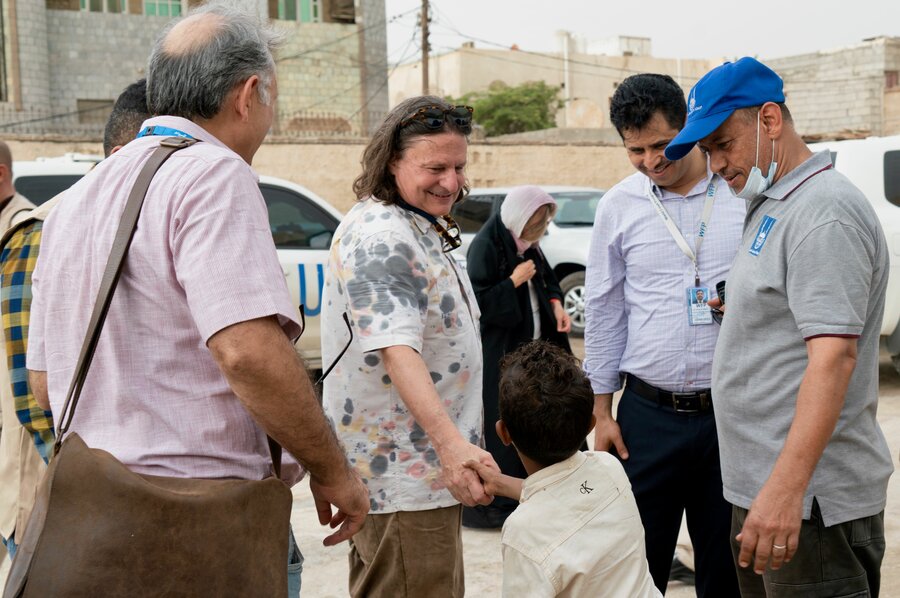
As the World Food Programme's Yemen Representative and Country Director, Ragan takes the long view of one of the world's biggest hunger crises -hoping to harness Yemen's sizable human capital to build self-sufficiency, and more immediately to maximize support for a country on the edge.
It's a view that resonates this month especially, as Yemen and other major crises figure into discussions at the United Nations General Assembly in New York.
"Yemen is a classic example of why WFP won the Nobel Peace Prize," Ragan says of the 2020 award that highlights the key role of food as a building block for peace. "Through large scale food assistance, we're able to maintain some degree of stability in otherwise crisis circumstances"
"On a more a more 'human' micro level," Ragan adds, "we're able to keep people from starving-to keep famine at bay."
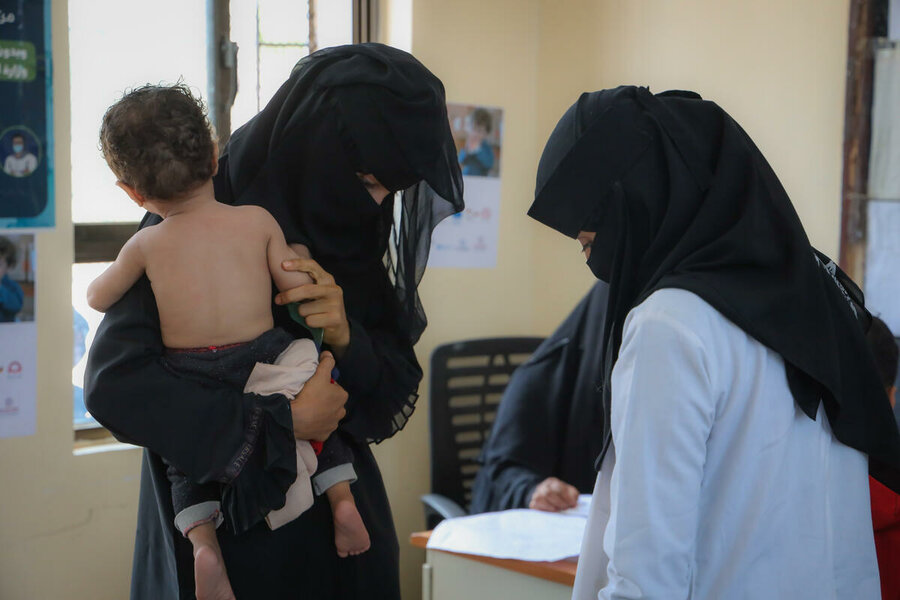
Realizing the 'micro' is a massive feat in itself. Eight years of conflict have killed nearly 400,000 people, and uprooted millions of others. They have turned Yemen's roads, bridges and hospitals into rubble, robbed people of jobs and children of futures.
"People just don't have any hope."
More than two-thirds of Yemen's 30 million people need humanitarian assistance. More than half face crisis or above hunger levels.
Soaring food prices-bumped up even higher with the war in Ukraine-have added another layer of hardship on a population that grew most of its food half a century ago. Today, Yemen imports 90 percent of it-sourcing nearly half of its wheat in 2021 alone from Russia and Ukraine.
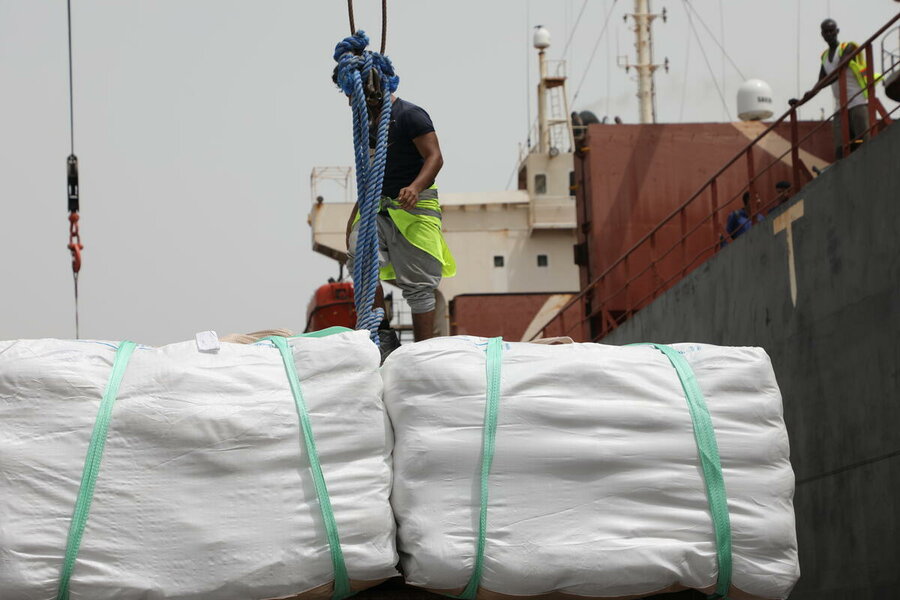
All this makes WFP the supplier of last resort, with our food, cash and nutritional assistance reaching more than half of Yemen's population last year. With rising operating costs and a major funding shortfall, WFP must now prioritize the most vulnerable 13.5 million Yemenis-those facing emergency and above hunger levels.
"You see the desperation to get food on people's faces," Ragan says. "I have to explain why we're cutting rations, and the challenges around the global resource environment. People just don't have any hope."
Cracks of light
There are a few cracks of light, though. Yemen's five-month-old ceasefire is fragile but still holding. The first Yemen-bound humanitarian cargo of WFP wheat since Ukraine's conflict is expected to arrive by mid-October.
Still the shipment amounts to just over one-third of WFP's monthly distributions- underscoring the massive role we play in reaching the country's hungriest.
"It's important from a humanitarian perspective because it symbolizes WFP's access to a portion of the stocks that have been locked up," Ragan says. "And also for the private sector" whose survival and growth are crucial to prevent more people from falling into hunger, and for Yemen's longer-term development.
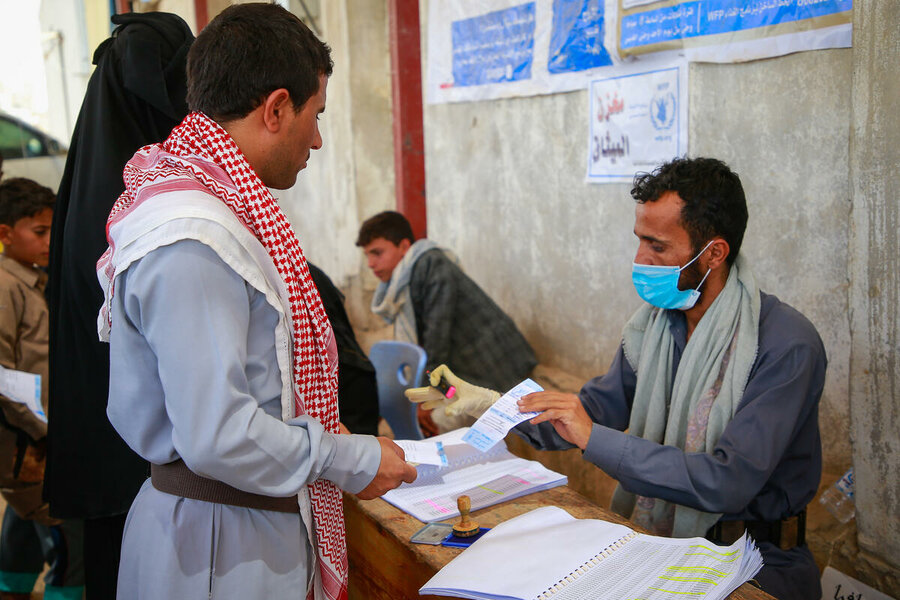
Rabie Al-Zuhairi
Reaching those most vulnerable in Yemen is not easy. With shambolic infrastructure and complex security procedures - and multiple armed groups in the South especially - it can take weeks or even months more to deliver and receive vital assistance.
"The most challenging aspect of working in Yemen is the security environment," Ragan says, with starkly different security landscapes in the country's North and South.
For humanitarians like himself, it has long become the new normal.
In the capital Sana'a where WFP's main office is based, "we used to go to sleep every night with bombs going off," he recalls, until a ceasefire was declared in April.
Still, Ragan is looking beyond the immediate constraints.
If the truce holds and funding comes through, he hopes to begin rolling out a raft of projects to build people's livelihoods and food security in areas from agriculture to cutting-edge technology.
"We need to graduate people from food aid," he says. "That's the next challenge."
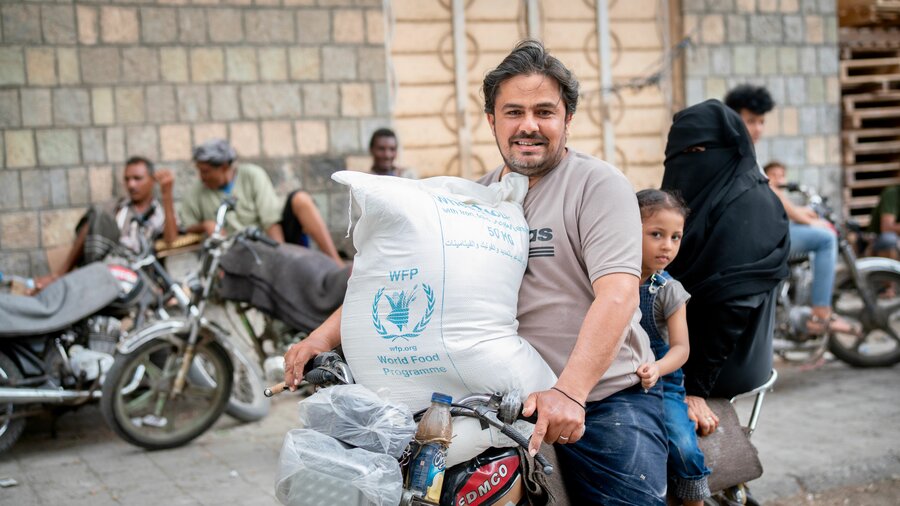
Because we want long term solutions, WFP has also hired an anthropologist and a specialist in community-based participatory research to better understand the priorities of local communities - a step similar to one Ragan took during an earlier assignment, coordinating the Ebola emergency response in Liberia.
"If you're going to do things that last, you have to answer at the very basic level what communities want," he says. "Because everyone eats, we at WFP have the privilege of having a seat at everybody's table. So it's critical that we listen to what the people we serve have to say."






